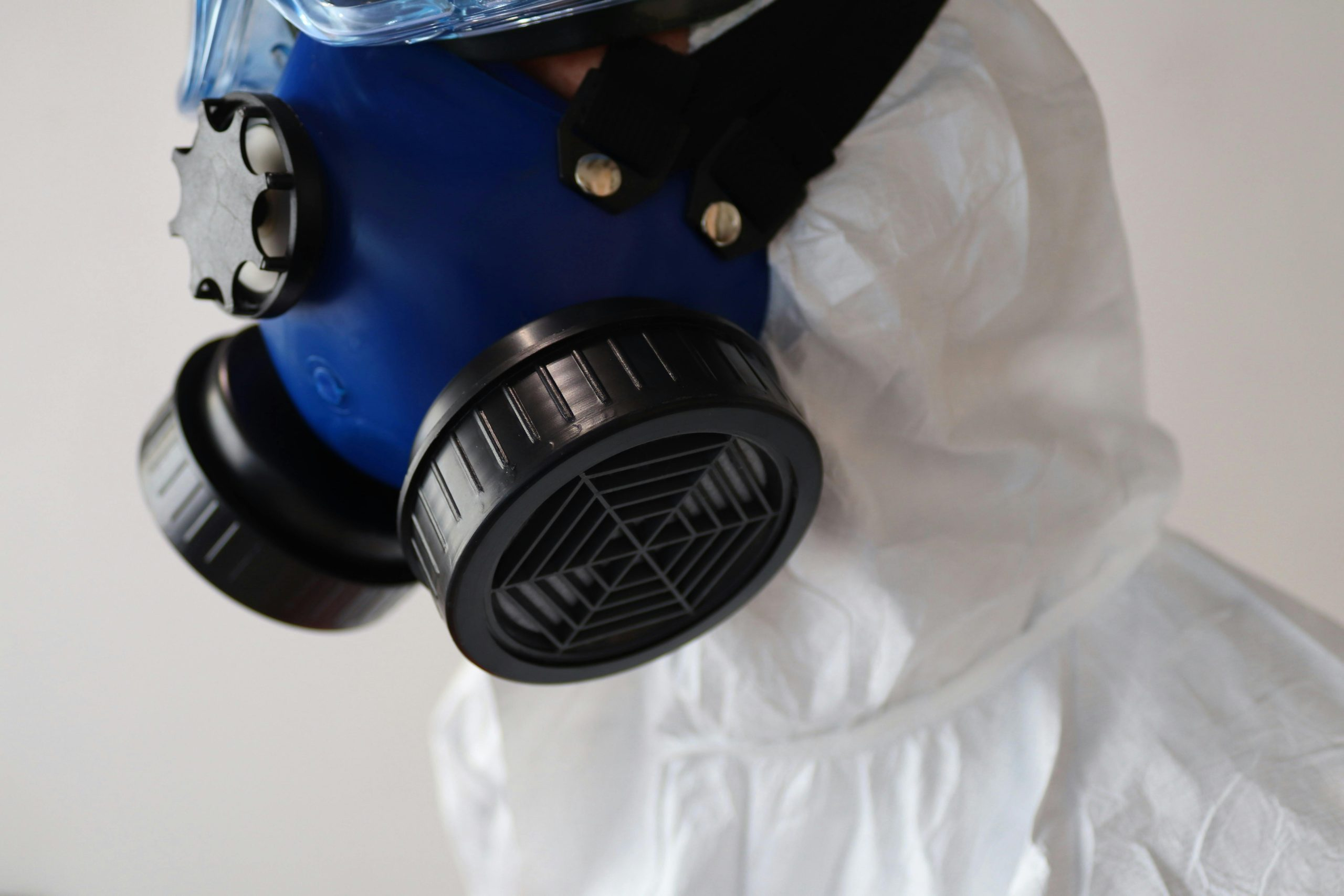Nanotech Air Purifiers: Wearables That Filter at Molecular Level
Nanotechnology has been making waves in various industries, from medicine to electronics. And now, it’s revolutionizing the air purification industry with the introduction of nanotech air purifiers – wearables that filter at a molecular level.
The Science Behind Nanotech Air Purifiers
To fully understand the impact of nanotech air purifiers, we need to first dive into the science behind it. Nanotechnology is the manipulation of matter at the smallest scale – the nanoscale, which is 10^-9 meters. This technology allows for the creation of materials with unique properties and functionalities that can’t be achieved at a larger scale.
In the case of air purifiers, this means that the filters can capture particles as small as nanometers, effectively eliminating even the tiniest pollutants in the air. To put it into perspective, the width of a human hair is about 100,000 nanometers. With nanotech air purifiers, even the smallest particles, such as bacteria, viruses, and volatile organic compounds (VOCs), can be filtered out.
A Step Towards Cleaner Air
In today’s world, where air pollution is a growing concern, nanotech air purifiers offer a significant breakthrough in providing cleaner air. These wearable devices can be worn around the neck or placed in the shirt pocket, making them convenient and portable. This means that individuals can have access to clean air wherever they go, whether it’s at work, school, or while commuting.
Moreover, nanotech air purifiers are not just limited to indoor use. They can also be used outdoors, making them a valuable tool for those living in highly polluted areas. People with respiratory illnesses, allergies, or compromised immune systems can greatly benefit from wearing these purifiers as it provides a protective barrier against harmful pollutants.
The Benefits of Molecular Level Filtration
1. Higher Filtration Efficiency
Nanotech air purifiers use advanced materials, such as carbon nanotubes and graphene, which have a much higher surface area compared to traditional air filters. This results in a higher filtration efficiency, which means more pollutants can be captured and removed from the air.
2. Increased Airflow
Conventional air purifiers often face the challenge of airflow restriction, which can result in poor performance. With nanotech air purifiers, this problem is eliminated as the nanoscale materials used have a porous structure, allowing for increased airflow without compromising the filtration efficiency.
3. Longer Filter Lifespan
One of the biggest drawbacks of traditional air filters is the need for frequent replacements due to clogging. Nanotech air purifiers, on the other hand, have a longer filter lifespan as the nanoscale materials are more resistant to clogging, resulting in cost savings for the user.
The Future of Air Purification
The introduction of nanotech air purifiers is just the beginning. With ongoing research and advancements in nanotechnology, we can expect to see even more innovative products in the future. These could include wearable devices that not only purify the air but also provide real-time air quality monitoring.
The potential applications of nanotech air purifiers are endless, and as technology continues to evolve, we can look forward to cleaner and healthier air in our homes, offices, and even outdoors.
Conclusion
Nanotech air purifiers are a game-changer in the air purification industry. They offer advanced filtration at the molecular level, providing cleaner air and better protection against harmful pollutants. With the numerous benefits they offer, it’s clear that nanotech air purifiers are here to stay and will play a vital role in creating a cleaner and healthier environment for all.











